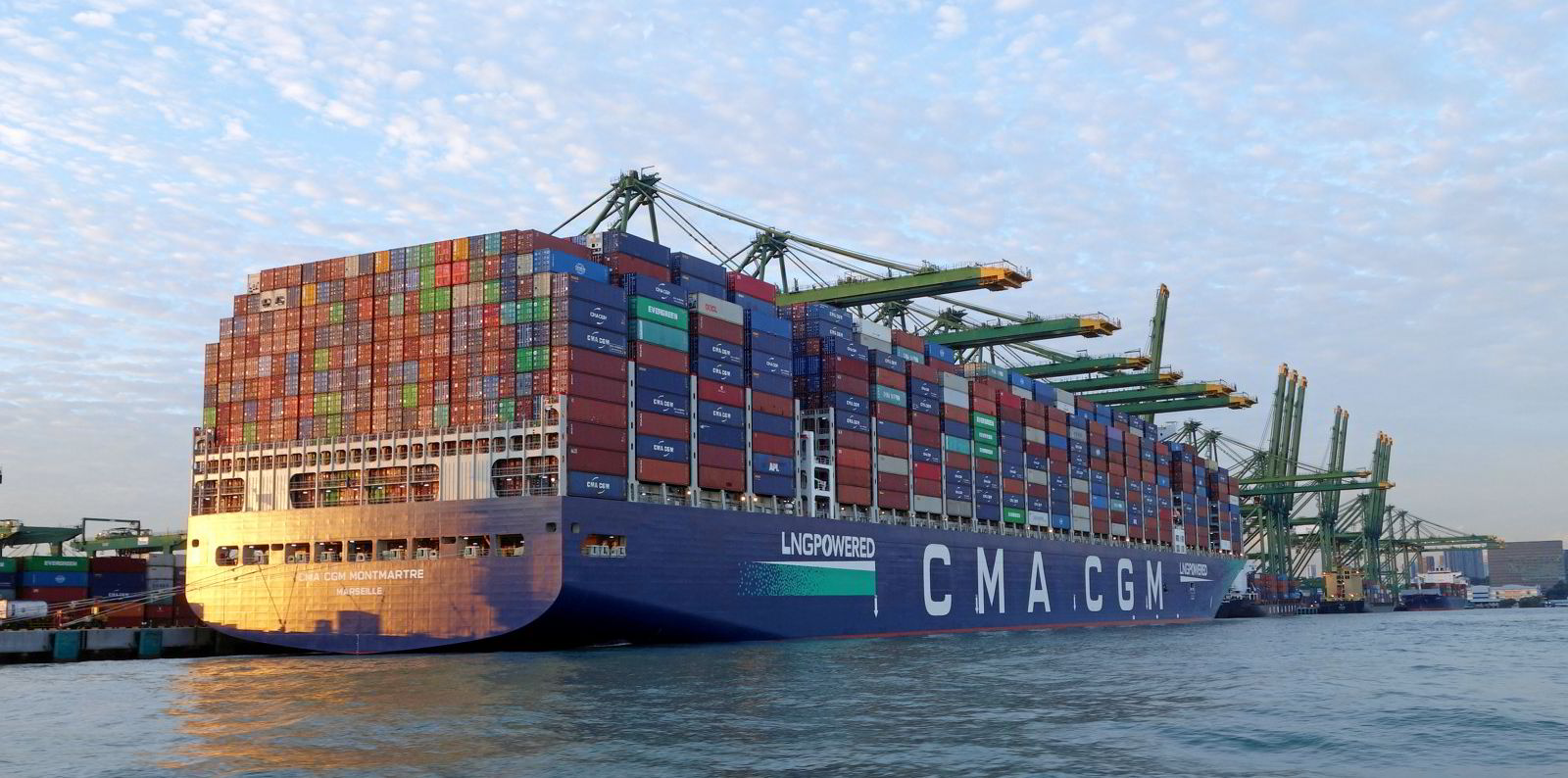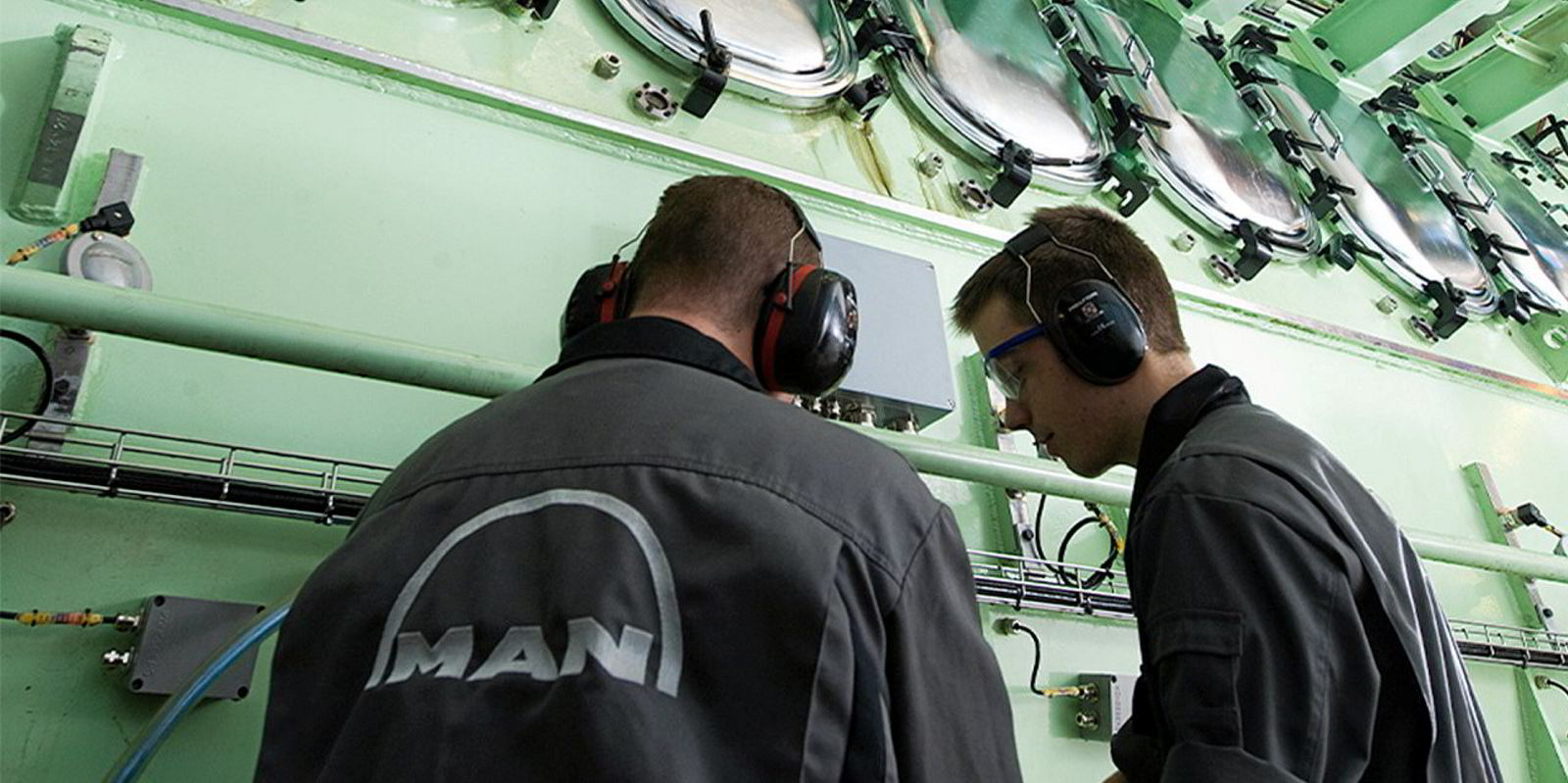CMA CGM is said to be investing in a $1.05bn series of methanol-powered large container ship newbuildings.
The French liner giant has six LNG dual-fuel 15,000-teu container ships under construction at Chinese state-owned Jiangnan Shipyard and is now returning to the yard for larger vessels.
But for its latest orders, it is opting for methanol fuelling.
Shipbuilding sources following CMA CGM’s newbuilding activities said it will order six 16,000-teu vessels that will be delivered between 2025 and 2026.
Officials at Jiangnan Shipyard declined to comment, citing contract confidentiality.
Shipbuilding sources said the sextet is part of 16 newbuildings that CMA CGM said it would order in June last year as part of a strategy to diversify its energy mix and achieve net-zero carbon emissions by 2050.
CMA CGM already has 18 methanol-powered large container ships on its orderbook: six 15,000-teu newbuildings at China’s Dalian Shipbuilding Industry Co (DSIC) and a dozen 13,000-teu vessels at Hyundai Samho Heavy Industries in South Korea.
The company was reported to be paying about $175m each for the DSIC newbuildings, which are due to be delivered between 2025 and 2026.
As for the 12 container ships at Hyundai Samho, each vessel costs close to $171m. The Mokpo shipyard is scheduled to deliver them in 2025 and 2026.
CMA CGM is the second liner company to opt for methanol-powered container ships. AP Moller-Maersk has a dozen 16,000-teu vessels under construction at Hyundai Heavy Industries for delivery in 2025.
Once CMA CGM signs the newbuilding contract for six methanol-fuelled 16,000-teu vessels at Jiangnan, it will have an orderbook of 85 newbuildings, of which 45 are LNG dual-fuelled ships of between 2,000 teu and 24,000 teu.
More liner companies are opting to order methanol-fuelled newbuildings because they are cheaper to build than those designed for LNG, as there is no need for expensive cryogenic bunker tanks and fuel gas-handling systems.
Methanol is said to be easier to handle and more widely available. The gas can also be stored and transported as a liquid without the need to cool or keep it under pressure. The downside is that methanol is a lower-energy fuel than LNG, so larger quantities are needed to achieve the same power output.





